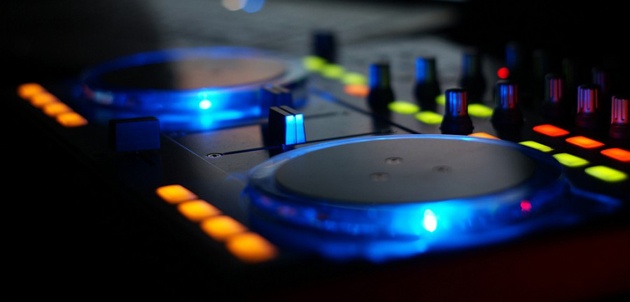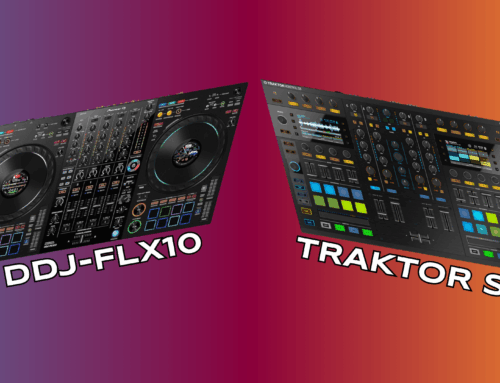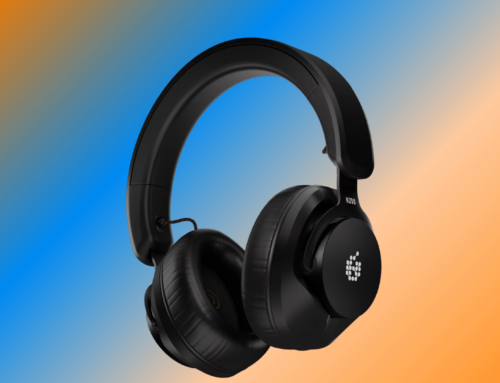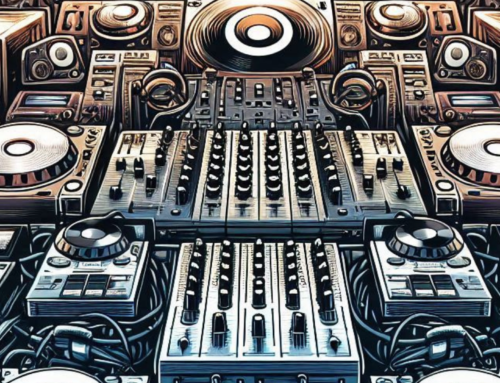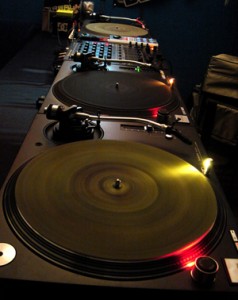 People have asked for it and I have delivered. The following below are terms, names, and overall general information that can be a huge help to DJs, Producers, and fans alike. The list will never truly be complete since music is always evolving, but it’s a start.
People have asked for it and I have delivered. The following below are terms, names, and overall general information that can be a huge help to DJs, Producers, and fans alike. The list will never truly be complete since music is always evolving, but it’s a start.
DAW(s): Stands for Digital Audio WorkStation. This is your program software that allows you to create and manipulate music using midi files, sounds, mp3s, waves, and creativity. Examples: FL Studios, Ableton Live, Cubase
DVS: Stands for Digital Vinyl System. Technology and software for DJs to emulate records through digital music.
VST(s): Stands for Virtual Sound Technology. These are software plug-ins you can use within different DAWs. Certain VST(s) can be used to produce realistic amazing sounds. Examples: Vengeance, Korg Legacy, z3ta
BPM: This stands for Beats per Minute. This is the number of beats per one minute of song.
Side chain compression: Side chaining takes one sound and uses it to manipulate another sound. When done correctly you can take different sounds and mix them together within the same frequency. So basically you need to use this in order to make a track sound hot!
Mixing Console: is an electronic device for combining (also called “mixing”), routing, and changing the level, timbre and/or dynamics of audio signals, depending on the type of mixer.
Genre(s): Your music genre is the music you specialize in spinning or producing. Genres can be as broad or as narrow as you want them. Examples: Dirty Dutch, Techno, Ambient Dubstep, Psytrance/Goa
Cueing: This is when you plug in your headphones and use the sound to identify where your next song will start.
Faders: A control that regulates sound volume. In a DAW you can usually automate fades for the typical fade in, fade out, effect.
Turntablism: Pretty dead these days but it’s using a record player’s turntable as a musical instrument. You basically create some funky stuff dudes.
Scratching: DJ or turntablist technique used to produce distinctive sounds by moving a vinyl record back and forth on a turntable while optionally manipulating the crossfader on a DJ mixer.
Pitch Lock: This is when a device allows you to change the tempo of the song without messing with the pitch. In this way you avoid the comical “chipmunk” effect.
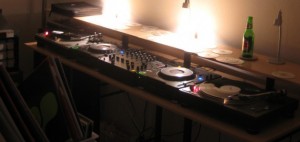
Disc Jockey (DJ): The three main forms of DJs are Radio, Mobile, and Club. The purpose? DJs spread great music and entertain the masses no matter where they are. Party on the moon!
Slipmat: Is a circular piece of slippery cloth or synthetic materials disk jockeys place on the turntable platter instead of the traditional rubber mat. Unlike the rubber mat which is made to keep hold the record firmly in sync with the rotating platter, slipmats are designed to slip on the platter, allowing the DJ to manipulate a record on a turntable while the platter continues to rotate underneath.
Crossfader: A crossfader on a DJ mixer essentially functions like two faders connected side-by-side, but in opposite directions. It allows a DJ to fade one source out while fading another source in at the same time.
Crossfadr: A really cool website about DJ Technology and Culture
Turntables: This is what you call a record player folks.
Tempo: This is the speed of the song and works hand in hand with BPM or Beats per Minute.
Decks: It’s the same as saying your turntables or other main mixing gear.
Vinyl: A record…you lost points if you didn’t know that.
Beat mixing or beat matching: The art of bringing the beats of two different songs into phase with one another and fading across.
Promo: This is sort of a teaser you release when you want to get hype about a certain single or album.
Master: This is the main volume controller in your mixer.
 Midi: This is a signal that communicates with electronic instruments when they broadcast to each other.
Midi: This is a signal that communicates with electronic instruments when they broadcast to each other.
Indie Label: One of the little guys that pushes independent non corporate music to the masses. This is definitely the non mainstream outlet.
Major Label: A big time entity or corporation that produces subpar music to the masses in order to gain a profit very quickly. Every once in a while they will find a great artist and promote them to death…leaving you to wonder why you even bother turning on the radio anymore.
Demo: The demo is a CD of 3-4 of your best tracks crispy and clear with the highest bit rate possible. You want to render to impress…lol.
Bass: It’s a low frequency that you can manipulate within the EQ mixer. Always make sure your standard genres have a nice bass line. It’s usually the low rolling sound you distinguish from the rest of the track.
Acapella: Your best friend if you love to remix. Acapella’s are all vocals and nothing else.
Automation: When you allow effects in your DAW to be automatically setup. They trigger on a certain time or place.
Mid-Range Frequencies: In your EQ controls you can create this frequency. It fits great between your bass and high frequencies.
High Frequency: This is controlled with the EQ controls and is HIGHLY important. It’s the highest frequency and needs to be monitored in order to prevent ear damage or an undesirable track.

Flight Case: A hard case used to transport DJ gear, vinyl, and cds.
Soundcard: The sound card relies sound into and out of a computer under the control of computer programs.
MP3: Is a patented digital encoding format using a form of lossy data compression. It’s not the best quality but its decent when rendered very highly. Anything below 192 is garbage, while 256-320kbps is the optimum level for music listening.
WAV: The standard for storing audio bitstream on PC. Unlike the MP3, a WAV file is never compressed and yields a cleaner smoother sound. It’s recommended that all pressed CDs be in WAV format in order to achieve high quality sound.
Sellout: A person who goes the money route and completely changes their style as soon as they get a taste of success. You don’t want anybody like this around you if you love music for the music.
Mixing down: Mixing down is the process of getting the track as clean and crisp as possible by using side chaining, EQ frequency limiters, automation, and other effects.
The list is a baby and needs your loving to grow. Submit any non-listed terms in the comment section and we will definitely add them in if appropriate. It doesn’t have to be a set term so long as it benefits the community in some type of way.
MIT. (1999, February 10). Glossary of DJ Terms. Retrieved August 6, 2011, from MIT News: http://web.mit.edu/newsoffice/1999/glossary-0210.html Wikipedia (multiple authors). (n.d.). Retrieved August 6, 2011, from Wikpedia: http://www.wikipedia.org
